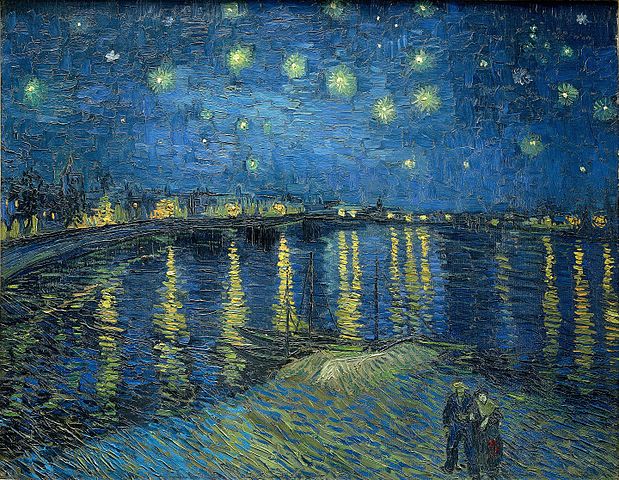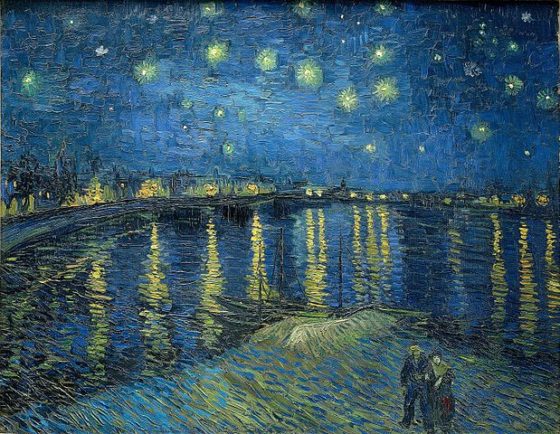New book reveals details of Vincent van Gogh’s final years


A new book on Dutch painter Vincent van Gogh has revealed fresh information about the painter’s final years, including the fact his art may have been seen by the president of France.
Starry Night. Van Gogh at the Asylum, by Martin Bailey does not contain any bombshells, but ‘with painters of this stature, any detail is important,’ the NRC’s reviewer writes.
For instance, Bailey identifies the gardener Van Gogh painted in 1889, when he was staying at a mental institution at Saint-Rémy-de Provence, as Jean Barral. He came across the name in the unpublished memoires of the grandson of coachman Jean-François Poulet who accompanied Van Gogh when he was deemed sane enough to paint out of doors.
Van Gogh entered the institution in 1888 when he cut off part of his ear during a severe nervous breakdown and stayed there for the next 374 days.
Poulet, who died in 1954, said Van Gogh ‘dressed like a vagrant’ during their outings, and that he never laughed and spoke slowly in heavily accented French. ‘He was a good man but strange and silent (..). He would forget his troubles when he was painting’, Bailey quotes him as saying.
Bailey also uncovered the patient register of the institution which shows the painter was surrounded by people with very severe mental health problems. In a letter to his brother Theo Van Gogh wrote: ‘One continually hears shouts and terrible howls as of animals in a menagerie’. Bailey identified the howling patient as Henri Enrico who arrived two weeks after Van Gogh.
Terrifying
‘I now appreciate quite what a terrifying environment it must have been for Van Gogh. ‘That makes it even more astonishing that he was able to create some of his finest and [most] optimistic paintings in such a situation. I am also convinced that it was his art which enabled him to survive,’ Bailey told the Guardian
Bailey also found that an exhibition in Paris which included ten of Van Gogh’s works was commented on by Sadi Carnot, president of France at the time. He called the use of colour by the painter ‘disconcerting’ and was said to have left the exhibition ‘in a surprised frame of mind’.
According to Bailey this proves that Van Gogh’s work was beginning to gain acceptance. In this light, he calls van Gogh’s suicide, four months later, ‘a tragedy’.
Another tidbit come to light during his research is Bailey’s discovery of what he thinks is the original almond tree whose branches Van Gogh painted in 1890 and which was pointed out to the author by two ancient inhabitants of Saint-Rémy.
The book contains a photograph of the tree, in full blossom, from 2017. Bailey is keeping the exact location a secret as he is afraid souvenir hunters may rip its branches off.
Thank you for donating to DutchNews.nl.
We could not provide the Dutch News service, and keep it free of charge, without the generous support of our readers. Your donations allow us to report on issues you tell us matter, and provide you with a summary of the most important Dutch news each day.
Make a donation